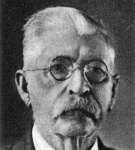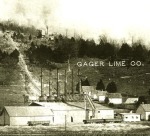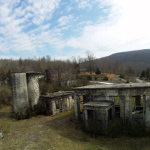THE FIRST PEOPLE
Evidence from Russell Cave, Alabama, about 10 miles southeast of Sherwood, indicates that people may have come to the region around 10-thousand years ago.


GEOGRAPHY: The Cumberland Mountain Tunnel
The history of Sherwood, like that of many cities and towns, has been shaped by geography. The railroad from Nashville to Chattanooga might have taken a different route had it not been for a low place in the Cumberland Plateau — a place just perfect for the historic Cumberland Mountain Tunnel about seven miles north of town. The tunnel was completed in 1852 and was strategically important to both sides during the Civil War. The Confederates abandoned the tunnel as they retreated from Tullahoma toward Chattanooga in July 1863.

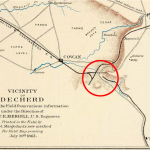
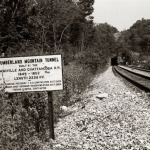
GEOGRAPHY: Limestone
If you search through the rocks in the Crow Creek Valley, it won’t be long before you find fossils of creatures that lived in waters of a shallow sea about 340-million years ago. Over the millennia, their remains accumulated forming the limestone.
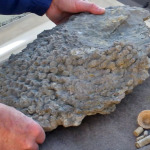
Charles D. Sherwood, who established the town in 1878, was more interested in the springs and natural beauty of the area. He paid little attention to the mineral that formed the valley walls.


Byron Gager, an industrialist from Ohio, established his lime manufacturing company in the town because he was looking for the type of high quality limestone that he found in the area. The Gager Lime and Manufacturing Company was chartered in December 1892 and operated until 1949. The Sherwood Mining Company is there today, extracting limestone from the mountainside above the town.
